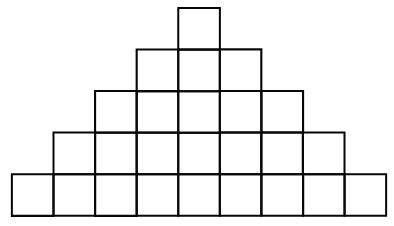Load-capacity balancing
|

|
Last update: December 31st, 2008
| |||||||||||||||||||||
Load - capacity Balancing checkChecking the balance between workload and resource capacity means to verify if a task, project or production of a batch is feasible of not. Therefore, it is necessary to compare resource capacity required vs avaible resources capacities in the considered time span. Load - capacity Balancing check can also mean the decision process which will discard all or part of the job exceeding available capacity, or conversely, decide to increase the actual capacity to fit the requirement. Work Load:
job volume x necessary time to process it (+ eventually setup time if
resource cannot be used meanwhile) LET's play !
Load - capacity Balancing check Assume a resource whith a capacity = 25 units, figured by the 5X5 grid on the left. (imagine five days a week with five time period each) Load - capacity Balancing check is to verify that the whole workload, beeing the sum of 6 production orders, is less or at least equal to 25 units.
The workload, is figured with 6 production order (shapes1 to 6).
Your assignement: check load - capacity, can we process the whole batch with actual resource?
Answer
|
Other related topics
| ||||||||||||||||||||
|
This page is free ©hris HOHMANN - http://chohmann.free.fr/
| |||||||||||||||||||||



 Here
is an example where available capacity (grid square surface) is 25. The set of
parts 1 to 6 should, consistently with balance check, fit. Yet this assumption
finds no scheduling.
Here
is an example where available capacity (grid square surface) is 25. The set of
parts 1 to 6 should, consistently with balance check, fit. Yet this assumption
finds no scheduling.